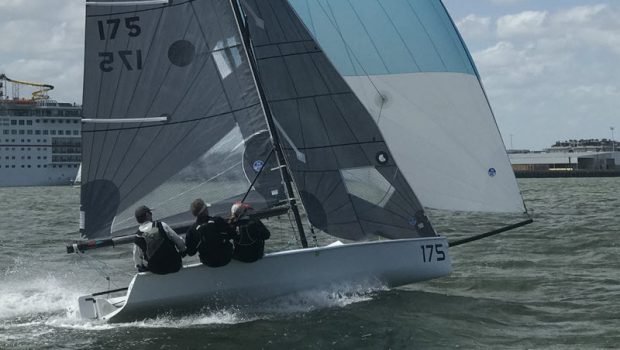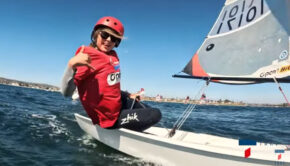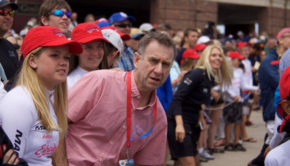Stronger Fleets through Competence
Published on May 23rd, 2018
by Craig Leweck, Scuttlebutt
I have done more one design sailing than anything else. I like the community formed by class organizations, and how easy it is to share experiences after racing. There’s a simplicity to one design racing too. Questions about gear and tuning are available, and results are determined without a timer.
Sounds simple, right? Not exactly.
While it depends on the class, what makes one design racing so painstakingly hard is the crazy high level of refinement. Because boats are similar, people have learned how to sail them fast. What works on the fastest boat often can be applied to the fleet.
And while it is possible to make boats fast, boats still rely on people to sail them fast, and that’s the hard part for new people getting into a one design class. The best people keep their boats going fast all the time, which then makes them brilliant tacticians courtesy of their speed advantage. For the newbie, they soon get swallowed up in the pack where it is more about surviving than learning.
I was reminded of all this when I was recruited to skipper a VX ONE.
Greg Fisher, who dominates whatever he sails, had an ailing shoulder and asked if I could step in on day two at Charleston Race Week. My job seemed simple enough, as his world-caliber crew of Jo Ann Fisher and Jeff Eiber would do everything else. It was Jeff’s boat, so he knew all the tuning nuances. Plus the two of them were an amazing team when it came to tactics, puffs, and everything else that matters.
All I had to do was drive a boat I had never stepped on before, racing a planning dinghy in good breeze against 22 teams in the crazy current of Charleston Harbor. In the absence of all muscle memory. My Alerion Express 28 hadn’t prepared me for this, but thankfully Jo and Jeff dragged me around the course and I didn’t screw up much (aside from rounding up big time in one particularly evil puff).
As I reflected on the experience, which was a hoot, I imagined how incredibly hard it would be to gain any sense of how to sail a technical-type one design without there being experience onboard. If all three of us were rookies, the learning curve would hardly curve, and it would be a test of determination whether we’d ever get to the point of feeling good about ourselves.
The basis of all one design classes is fleet building, which includes building knowledge alongside participation. Schedule time when the best people connect with newer sailors, getting in their boats to provide direction and simplify learning. Everybody wins when the fleet is strong.
We all want to feel good about our sailing, and competence is the key. That’s fleet building!









 We’ll keep your information safe.
We’ll keep your information safe.